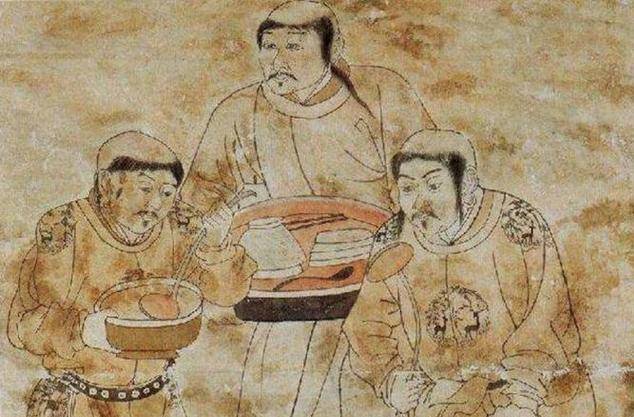Introduction: In the history of China, the Song Dynasty was an extremely prosperous era, but it also suffered from numerous invasions by foreign tribes. Among these threats, the name "Khitan" became a headache for the Song court. However, who were the Khitans exactly? Their true identity has always been a mystery. This article aims to explore why the Khitans became a serious threat to the Song Dynasty through the analysis of historical backgrounds, the Khitan's historical context, their characteristics and culture, the relationship between the Liao Dynasty and the Khitans, and the revelation of the truth.

Historical Background of the Khitans: Originating from the upper reaches of the Liao River in northern China, the Khitans were primarily a nomadic nation. During the Tang Dynasty, the Khitans gradually grew in power and established their own political power. In the Five Dynasties and Ten Kingdoms period, the Khitans began to expand southward and reached their peak during the Liao Dynasty. The Liao Dynasty was the first political power in Chinese history established by a northern nomadic nation, achieving remarkable accomplishments in politics, economy, and culture. Under the rule of the Liao Dynasty, the Khitans gradually emerged as a powerful nation, having a profound impact on the northern regions of China.
Characteristics and Culture of the Khitans: The Khitans were tall with dark skin and possessed strong physical strength and endurance. Their culture was primarily nomadic but also influenced by Han culture. They believed in Shamanism, emphasizing sacrifice and divination, while also being influenced by Buddhism and Taoism. Militarily, the Khitans were known for their cavalry forces, displaying immense combat strength. These characteristics made them a formidable force in history and foreshadowed their future conflicts with the Song Dynasty.
Relationship between the Liao Dynasty and the Khitans: During the Liao Dynasty, the Khitans gradually became the ruling class. The emperors of the Liao Dynasty often appointed Khitans as generals or officials, leading to their political ascendance. However, the rise of the Khitans also provoked jealousy and dissatisfaction among other ethnic groups. Additionally, the Khitans gradually became economically prosperous, leading to increasing conflicts with Han merchants. These conflicts ultimately contributed to the downfall of the Liao Dynasty and the decline of the Khitans.
Revelation of the Truth: The true identity of the Khitans has always been a mystery. However, in recent years, archaeologists and historians have gradually uncovered the Khitans' true identity through archaeological excavations, historical documents, and the interpretation of Khitan language. In fact, the Khitans were not an independent ethnic group but a confederation composed of multiple ethnicities, including minorities like the Xi, Shiwei, and Wugu, as well as some displaced Han Chinese. These ethnic groups formed the Khitan confederation during the Liao Dynasty to jointly resist the aggression of the Song Dynasty.
Conclusion: Through the analysis of the Khitan's historical background, characteristics and culture, the relationship between the Liao Dynasty and the Khitans, and the revelation of the truth, it becomes evident why the Khitans posed a serious threat to the Song Dynasty.
Disclaimer: The above content is sourced from the internet and the copyright belongs to the original author. If there is any infringement of your original copyright, please inform us and we will delete the relevant content as soon as possible.
































